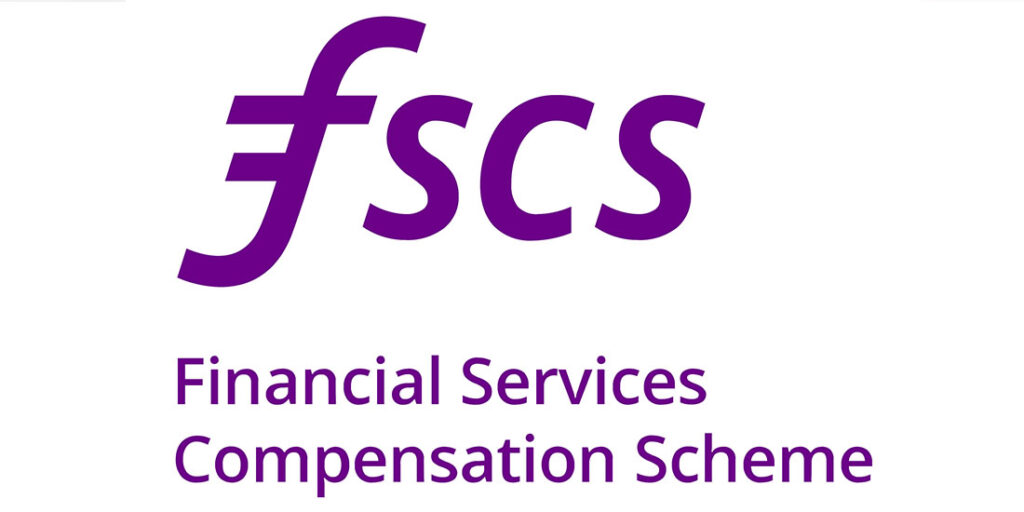
Extensions and Re-terms; why?
Occasionally we send out updates to a loan, sharing details of informal extensions and re-terms. At first glance, this may seem frustrating, but the reasons for them, and the results they produce, continue to remain positive.
Extension vs Re-term
We use different language, depending on the specifics of what is happening. If a borrower is not able to pay their loan back on the date agreed, they may simply ask us for a small, informal extension. For example, 30 days. In this case, the loan would be deemed to be in arrears (as the agreed redemption date will have passed).

In the case of a re-term, this is a formal request for an extension – typically 3 months and longer. In such cases, we perform our always-high levels of due diligence and consider the request on its individual merit. Once agreed and the formal extension is confirmed, the loan is then deemed to be performing as it should be.
In both cases, our investors would continue to receive interest on their investment throughout.
Why the additional time?
The past 18 months have been difficult for a number of industries, and the knock-on effects of supply challenges and personnel difficulties have meant the shortage of products that the UK has seen on supermarket shelves, at petrol pumps, in builders merchants and a wide range of shops and services.
The effect on loans? Well, lack of building materials is proving a challenge for development projects, and those that can be sourced, have increased in price dramatically. Even for non-development loans, we’ve seen delays in solicitors and the entire house-purchasing process; partly brought about from the stamp-duty freeze, but then also the change in working lives, with employees moving outside cities and towards the countryside.
All of these elements sound like big problems, right? For your investments, the effect is simply a delay. And don’t forget, you continue to earn interest during that delay. Though a small delay may sound frustrating, it is the most effective way for us to ensure you receive both your capital and your interest; working with our borrower for the best outcome. We’ve successfully managed that process on every single one of our loans; no investor has ever lost a penny with Kuflink.
What is Kuflink’s default rate?
We share all of our statistics, updated monthly, on our website; www.kuflink.com/statistics. You may ask why our default rate appears to be higher than that of some of our competitors. Well, we share any loans that are past 30 days in default. Many competitors use the FCA standard definition of 180 days. On relatively short term bridging finance (3 months +) we believe 180 days hides the true picture.
What if…?
Ultimately, our loans are asset backed and that means every single one of your investments are secured against UK property* – and even then, we only allow a maximum 75% LTV (Loan to Value). Don’t forget, Kuflink co-invest up to 5% alongside you on Select-Invest deals – giving a further buffer. In the most extreme circumstances, if a borrower is ultimately unable to repay their loan, then we have a legal charge on the property and are able to sell it to recoup funds. In the highly unlikely event that we were only able to achieve 75% of the RICS approved valuation at auction (notwithstanding associated costs), we would still be able to repay our investors every penny.
That is why we can proudly say that after 800,000 investments totalling £146m, no investor has ever lost a penny with Kuflink.
* Capital is at risk and Kuflink is not protected by the FSCS. Past returns should not be used as a guide to future performance. Securing investments against UK property does not guarantee that your investments will be repaid and returns may be delayed. Tax rules apply to IF ISAs and SIPPs and may be subject to change. Kuflink does not offer any financial or tax advice in relation to the investment opportunities that it promotes. Please read our risk statement for full details.













